No one is born illegal or a migrant. Yet, looking into the eyes of Ismaila, a 21-year-old Senegalese guy who arrived in Italy in 2016 with a history of immigration as complicated as many others, abstract concepts like justice, identity or belonging acquire the concrete face of stories, lives, dramatically urgent and immediate. I met Ismaila in Palermo. We arranged to meet halfway, in the city’s historic centre. Only when I arrived at the agreed time did I realize that it was quite a coincidence to have chosen a place that symbolizes religious syncretism as a meeting point: the Cathedral. When Sicily was invaded by the Saracens in 831, the Basilica of the Holy Virgin Mary of the Assumption became a Muslim place of worship before being adapted back to Christianity.
Ismaila, like many unaccompanied minors who have arrived in our country, has been supported and helped by CIAI, the Italian Childhood Aid Centre, which, thanks to the Ragazzi Harraga project, provides four hundred young migrants each year with the services and tools they need to be an integral part and resource of society. The project was born in Palermo, a border city that becomes a haven for the many minors who arrive alone in Italy after months of fleeing their countries of origin.
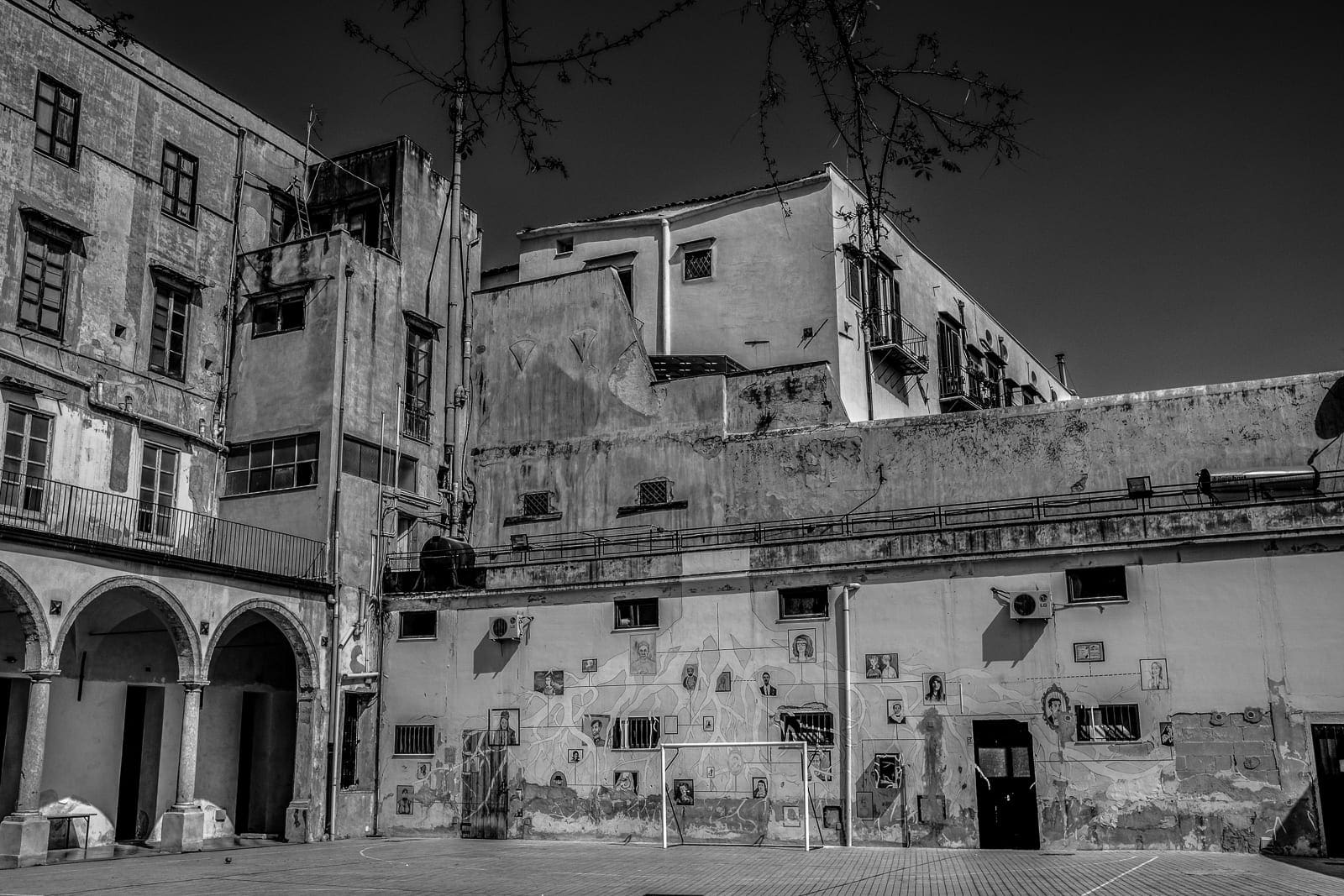
Harraga, ‘who burn borders’ – in Arabic, harraga means ‘he who burns’ -boys and girls willing to risk everything to migrate. ‘Here I had the chance to study,’ Ismaila tells me, ‘the only way to guarantee me a better future and, above all, to fit in Italy was to attend school and learn the language well. I am now in the fourth year of hotel management school. I will graduate in June. Cooking is a great passion of mine, along with sports! I dream of going to Milan or Bologna and enrolling in a Sports Science course at the university. Ismaila speaks six languages and has also worked as a cultural mediator. “In the Ragazzi Harraga project, there were many intercultural workshops; we talked to each other about religions, culture and the different ways of life between Africa and Europe. There I realised that African and Italian cultures have many things in common but also many differences, especially religious ones. The programme helped me integrate and fit in, and I understood how to dialogue in a world different from mine and find new friends.”
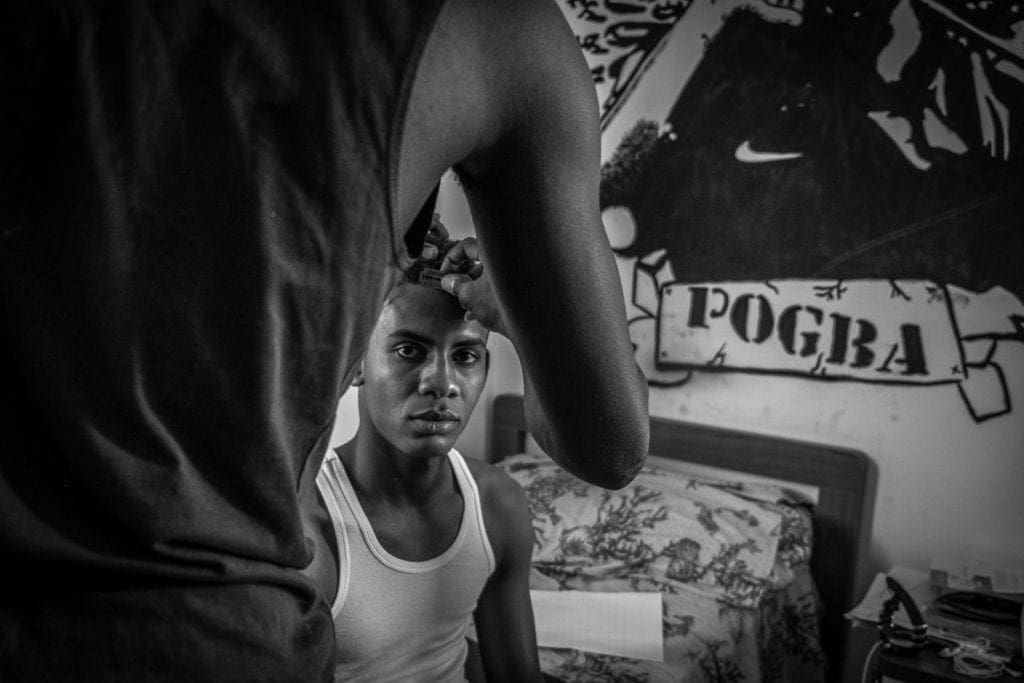
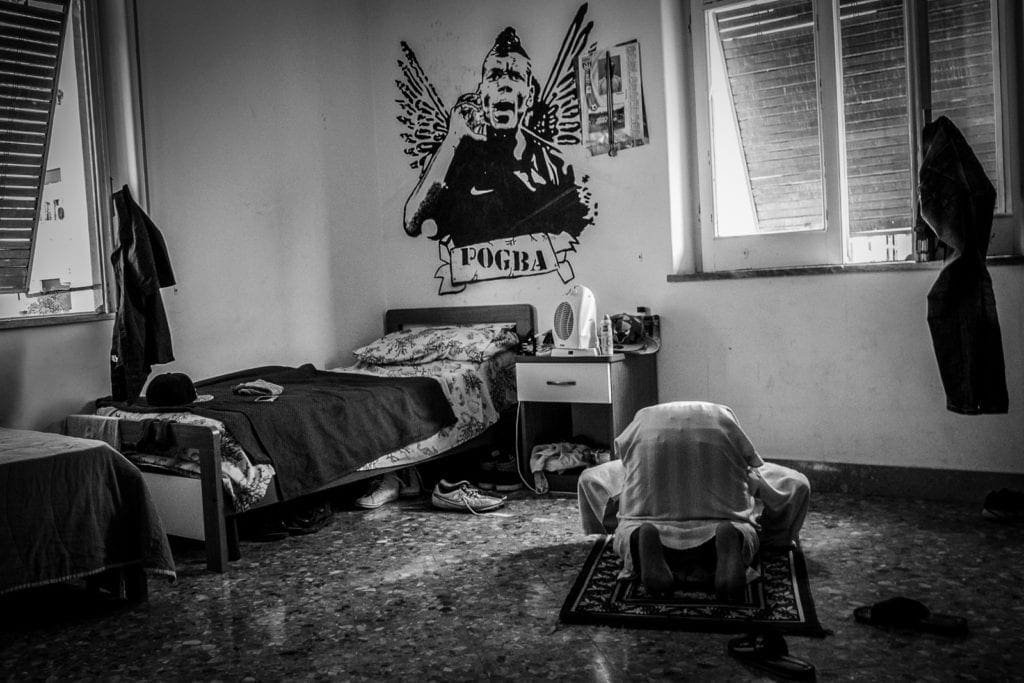
Even though the mask partly covers his face, one can feel how bright and kind Ismaila’s smile is. He is an example of how integration and interaction between different cultures are possible and, once achieved, become a model of enrichment and development for both parties: those who welcome and those who are accepted. The precarious lives of migrants affirm the right to move, to migrate, to flee, to go beyond borders in defiance of the territorial division of the world, disrupting the way they should respect the place assigned to them by history and recomposing another space that is not yet ‘authorised’ but is alive, existing, made up of people, flesh and lives. The migrant’s habitat is in constant movement. It is simply a new and different way of occupying space, not as a fixed and enclosed structure, but not for that reason impossible to live in, dangerous or foreign.
In the waters of the Mediterranean, what is perceived as a disintegration of western borders, the perception of migration as a problem, is still taking place. But the words and eyes of Ismaila, who, with so much passion and faith in a different future, dreams of a job in Milan after going through the deep pain of a one-way journey where there is no home to return to, tell of another sense of ‘dwelling’, of being in the world, something that should be normal and practicable. Instead, it is complex, tortuous, for some impossible. The sky above us begins to darken as we speak. Today is the first day of unusually cold weather for this city ‘of many ports’, a melting pot of different cultures. The wind urges us to take shelter next to the main entrance of the Cathedral.
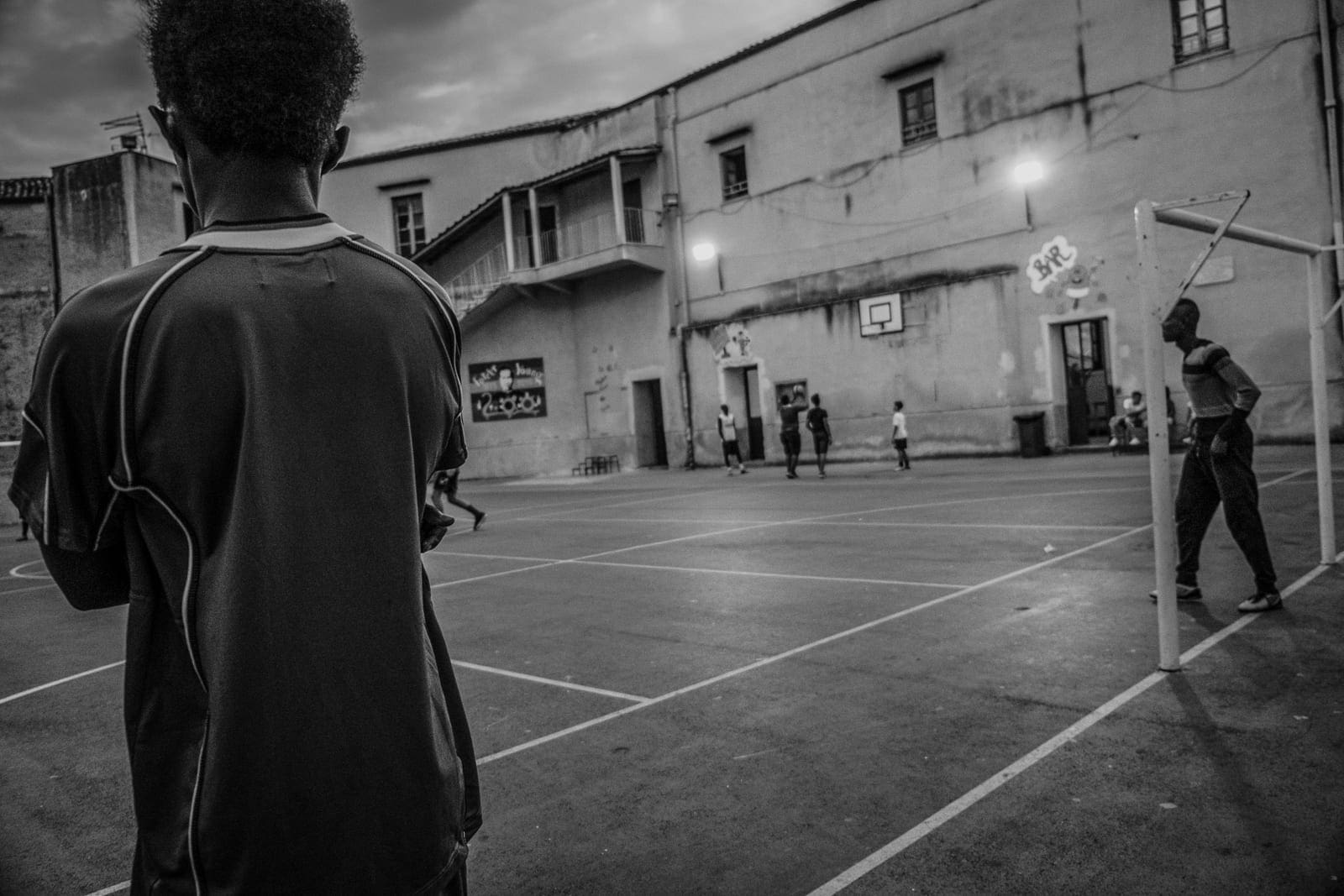
‘The Ciai project has helped me a lot,’ Ismaila continues, ‘and I hope that many young people will have the chance to have the same experience as me. You feel part of this new world, you have a perspective’.
Cohousing, intercultural workshops, orientation activities, and training placements carried out by organisations such as CIAI help migrant minors to chart a course and to build a new life project starting from their skills and aptitudes. Thus, the children can think about recreating a residence within themselves, reassembling the fragments of their experience and transforming this ‘border condition’ into a new beginning. As the Palestinian-born American critic Edward Said wrote, ‘exiles cross borders, break down barriers of thought and experience’.
Speaking with Ismaila, I sense how his gaze and words are always beyond the horizon, turned towards a life that is finally possible. Saying goodbye, I tell him to write to me when he comes to Milan, where I live, if he wishes. “Yes, of course. I will! But I don’t know… maybe I’ll go to Emilia Romagna. The sea is there. He replies, still smiling.
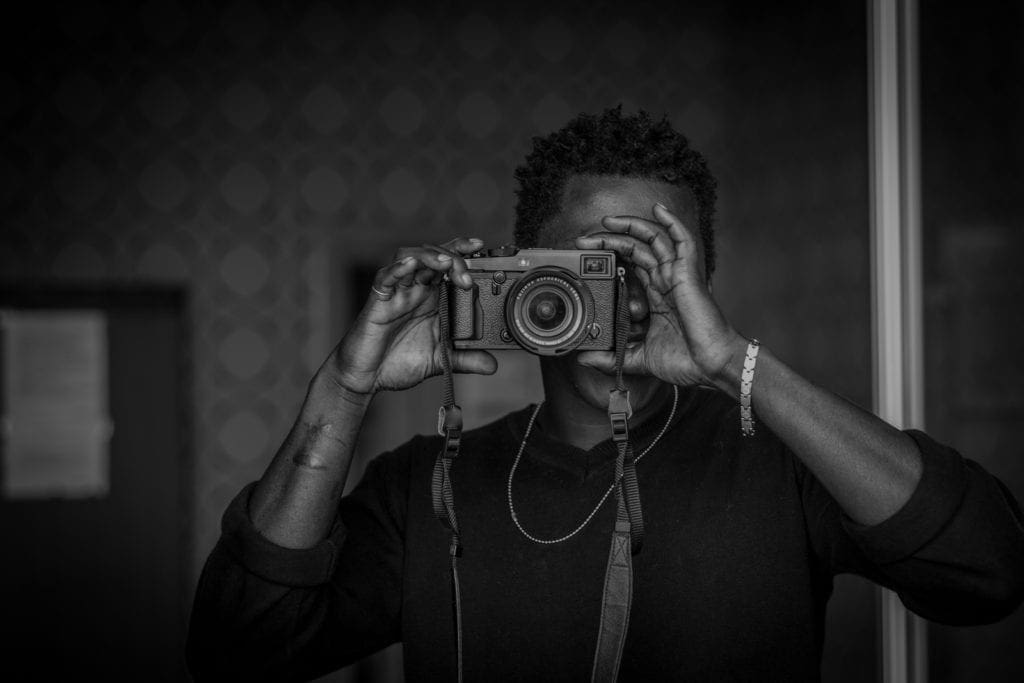
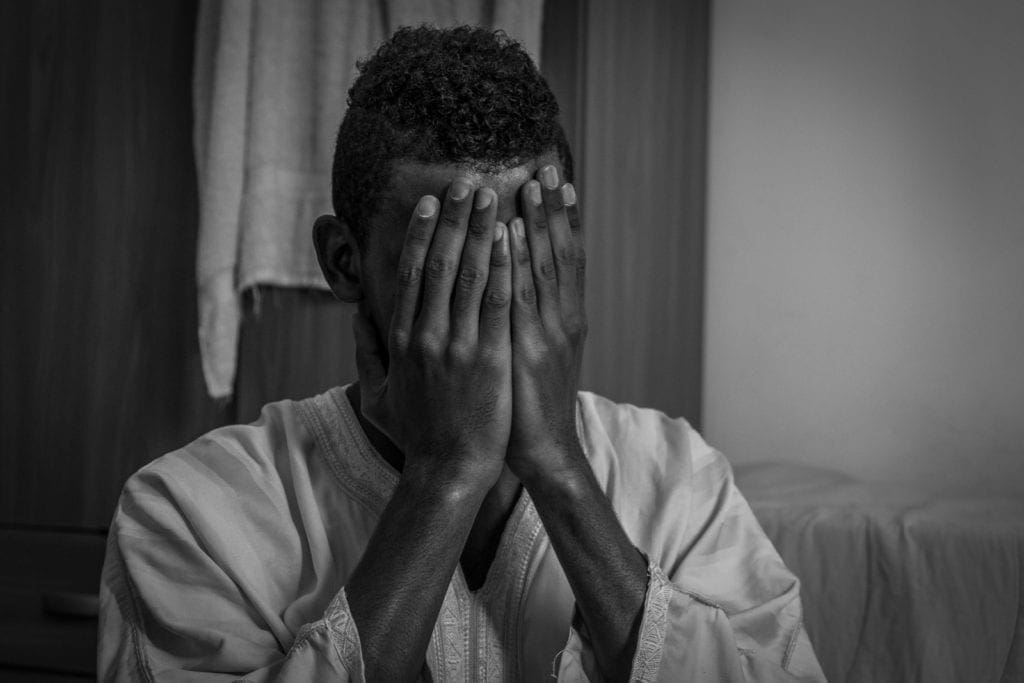
The testimony of photographer Massimiliano Pescarolo
Harraga was an intense report for me. I still remember the days spent with these young people from different cultures and religions; living every day with them was a unique experience, challenging to recount. Some of these young people come from war zones, others from extreme poverty: the only solution is to escape. Many leave at a very young age, between 12 and 13, for a journey lasting up to a few years. Italy is not the final destination. The borders of many African states are closed, so it becomes the only possible destination. Through their stories, I learned that the average starting point for almost everyone is Niger, via human traffickers, then the desert crossing, the Libyan lagers and finally the Mediterranean. The stay in the Libyan lagers is the experience that marked their lives most profoundly: confinement in overcrowded cells with artificial light twenty-four hours a day caused significant psycho-physical damage. However, the aspect that struck me most is the desire that still exists in them to dream and to create something beautiful, despite all the evil they have suffered.
Ousman, one of the boys, was very interested in my camera and confessed to me what he wanted to be when he grew up: a photojournalist. Others, like Ibrahim, wanted to be professional footballers, and Ismaila wanted to be a cook. Still, others aspired to work as carpenters, plumbers, electricians or mechanics. Among the many words exchanged with the boys, one that touched me emotionally was ‘forgiveness’. I felt a similar emotion when I met the Tutsi women survivors of the Rwandan genocide. For them, ‘forgiveness’ means being able to overcome the past and begin to rebuild their lives. I believe this is the essence of photography, a tool that allows you to connect with humanity and learn from it.
Editor’s note: in this reportage, two works made at two different times are merged. The text was written in 2020, while the photographs were taken in 2016.

